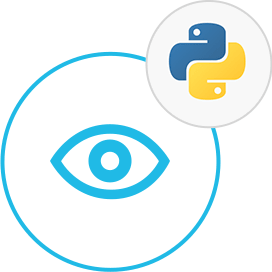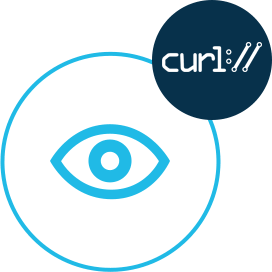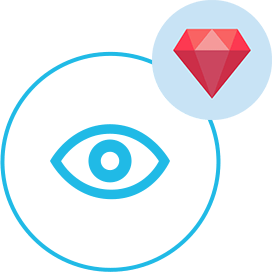View MBOX Files in .NET or via Online MBOX Viewer App
GroupDocs.Viewer Cloud is a powerful tool for .NET developers that gives them a MBOX Viewer REST API and .NET SDK to add professional document viewing directly into their C# applications. Our REST API allows rendering MBOX and images in browsers in real-time, eliminating the need for third-party software. .NET SDK makes integration easy with pre-built code samples for formats like Microsoft Office, AutoCAD, and 50+ file types, so your app can deal with all types of document workflows easily. The MBOX viewer API is optimized for cloud environments with high-fidelity rendering, responsive layouts and secure access—the perfect fit for SaaS platforms or enterprise .NET solutions.
Complete your .NET apps with GroupDocs.Viewer Cloud’s free online MBOX Viewer App: a zero-install solution for instant browser-based document collaboration. Users can view, annotate and share MBOX files or supported formats (PDF, DOCX, XLSX etc.) with features like text highlighting, comments and email sharing. The tool is built for developers with seamless integration through APIs, supporting hybrid workflows in which cloud-based viewing pairs up with your .NET backend. Ideal for teams that require real-time feedback but cannot compromise security or need to install local software.
Although designed for .NET, our HTML Viewer REST API is cross-platform and will be used by JavaScript, Python, Java and mobile developers. Detailed SDK documentation, NuGet packages and GitHub demos are available for .NET programmers to get up and running as quickly as possible. The API Explorer feature allows developers to test and explore API functionalities directly in their browsers, offering an interactive way to understand and implement our solutions effectively.
With GroupDocs.Viewer Cloud, viewing MBOX and other Office files becomes effortless. Users can open documents directly in the browser without needing any downloads, plug-ins or extra tools installed. The API delivers fast rendering, secure access and flexible output formats, helping .NET developers build smooth, reliable and scalable document viewing experiences for modern applications.
GroupDocs.Viewer Cloud makes it easy to work with large or password-protected MBOX files in your .NET apps. You can fine-tune how pages are rendered, control access and deliver a smooth viewing experience through a reliable REST API built for real .NET projects.








